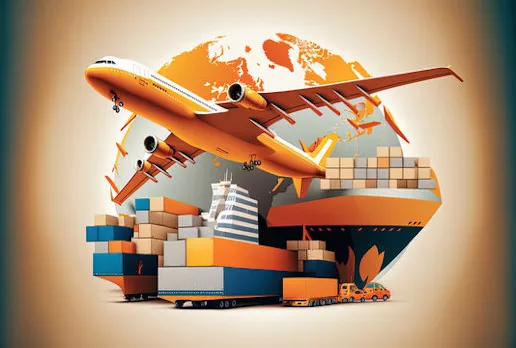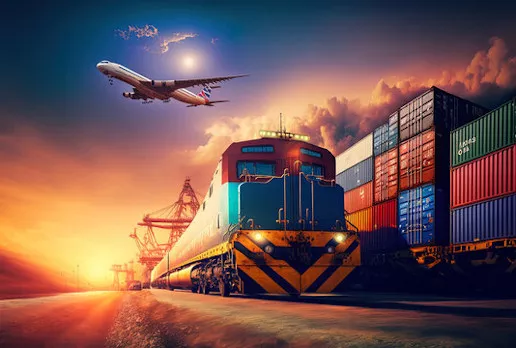Dealersend Tracking in Asia: A Complete Guide for Everyday Users
Online shopping in Asia has grown massively over the past years, and along with it, the demand for reliable parcel tracking has also exploded. Customers from countries like India, China, Indonesia, the Philippines, Vietnam, and many others expect to know where their package is at any moment. Dealersend is one of the courier and logistics services that serves this growing need. With a focus on connecting retailers, marketplaces, and customers, it offers solutions that help track parcels easily and transparently during the shipping process.
Many carriers in the Asian region work together to manage cross-border and domestic deliveries. This can get confusing because a parcel might switch between different postal operators or private couriers before it reaches the final address. Dealersend works in this environment and tries to simplify things for sellers and buyers by providing a digital platform and tracking tools. Whether a parcel is moving from a warehouse in China to a customer in Malaysia, or from Singapore to Japan, a unified tracking system is a real advantage.
To make life easier for customers, there are online tools and websites that collect tracking information from many carriers and show it in one place. One of these tools lets users follow their parcels shipped by Dealersend across different Asian countries. For example, by going to Dealersend tracking users can type in their tracking number and instantly see the current status and location of the shipment. This kind of service is especially helpful when the parcel goes through several logistics partners or customs checks, as it keeps everything visible and clear.
What Is Dealersend and How Does It Work?
Dealersend is a courier and logistics service that mainly focuses on e-commerce and retail shipping. Instead of users needing to contact different local couriers, Dealersend coordinates with a network of carriers and fulfillment centers. In the Asian region, where there are many islands, long distances, and different regulations, such coordination is very valuable. The company connects online merchants, warehouses, and local delivery couriers to make sure packages are collected, processed, and delivered efficiently.
In most cases, when a customer places an order in an online store that uses Dealersend, the process looks something like this:
- The online store confirms the order and sends shipping information to Dealersend.
- Dealersend arranges for pickup from the seller’s warehouse or from a fulfillment center.
- The parcel is sorted and transported, often passing through several hubs in Asia.
- Local postal operators or partner couriers handle the last leg of delivery to the customer’s address.
- Throughout this process, tracking events are recorded and uploaded to the tracking system.
This chain might sound complicated, but the goal of Dealersend is to keep customers updated at every step, especially using detailed tracking information.
Using Tracking Numbers with Dealersend
The tracking number is the key to following a parcel on its journey. When an order is shipped with Dealersend, the customer is usually given a tracking code by the seller or the marketplace. This code can be a mix of numbers and letters, depending on the type of service and destination. In Asia, many shipments are a mix of local and international segments, and Dealersend’s tracking system connects these segments into one visible timeline.
To track a Dealersend parcel, users generally need to follow a simple process:
- Locate the tracking number in the confirmation email, online account, or order page.
- Go to an official tracking site or a universal parcel tracking platform that supports Dealersend.
- Enter the tracking number into the search box and click the “Track” button.
- Wait for the system to load and display the latest information.
Once the tracking data loads, customers can see key points such as when the parcel was picked up, when it left the origin country, when it arrived in the destination country, and when it was sent out for delivery. For cross-border shipments inside Asia, there may also be events related to customs clearance or transit through large hubs like Hong Kong, Singapore, or Kuala Lumpur.
Common Tracking Statuses in Dealersend Shipments
Understanding the tracking statuses can help users know whether everything is on track or if there might be delays. Dealersend, often working with partner carriers, uses a set of standard status messages that are similar to other couriers. Some of the most common ones include:
- Order Confirmed / Ready for Pickup: The seller has prepared the order and Dealersend is ready to collect the parcel.
- Parcel Picked Up: The package has been collected from the seller or warehouse.
- In Transit: The parcel is on the move between processing centers or transport hubs.
- Departed Origin Facility: The shipment has left the original sorting center and is heading towards the next location.
- Arrived at Destination Country: The parcel has reached the country of the recipient.
- Customs Clearance: The shipment is being processed by customs, which can sometimes cause delays.
- Out for Delivery: The local courier is delivering the parcel to the final address.
- Delivered: The order has successfully arrived at the recipient’s address.
- Delivery Attempted: The courier tried to deliver but could not hand over the package (for example, no one was home).
- Returned to Sender: The parcel has been sent back, usually because of address issues, failed delivery attempts, or customs problems.
These statuses might look slightly different depending on the specific partner carrier or the country, but the main idea remains the same. If a status stays unchanged for a long time, it may be worth contacting the seller or customer support for more details.
Dealersend in the Context of Asian Carriers
Asia is a very diverse region, not only in culture and language but also in postal infrastructure. Some countries have strong national postal services, while others rely heavily on private couriers and regional logistics companies. Dealersend fills an important gap by connecting these different systems under one interface, especially for international e-commerce.
For example, a parcel might start in a Chinese industrial city, be shipped by one local carrier to a regional hub, then be handed to another courier for the journey to Southeast Asia, and finally be given to a local post or delivery company in the destination country. Without a unified tracking solution, the customer would have to check several different websites or contact multiple carriers. Dealersend takes care of these connections in the background and usually presents users with a single tracking timeline that covers all these steps.
This interconnected network is particularly useful for online marketplaces that sell to customers all over Asia. The seller only needs to link the shop with Dealersend or another logistics provider, and from that moment, parcel movements across borders can be tracked in a more consistent way. Customers benefit from clearer information and less stress, even if the order is traveling through several countries and hubs.


